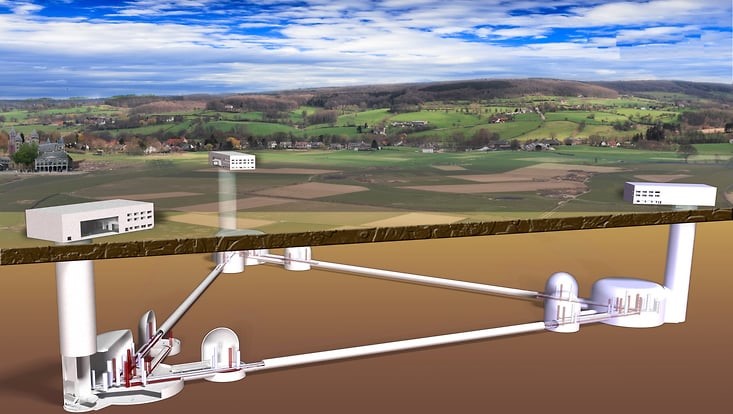Spitrobot: Observing Changes in Proteins Faster and More Easily
8 May 2023, by Newsroom editorial office

Photo: Jörg Harms, MPSD
To develop new biotechnological applications, researchers need to understand changes in proteins. A group from different institutions in Science City Hamburg-Bahrenfeld has now developed the “spitrobot,” a new, significantly simpler procedure to observe these reactions. The research team has introduced the concept in the journal Nature Communications.
The individual steps in protein reactions can be rendered visible using a procedure called “time-resolved crystallography,” in which pictures are taken at each phase and then put together to show the changes in protein structure from all perspectives. Previously, this procedure required direct access to particle accelerators and complex experimental conditions. Using the new spitrobot, samples can now be prepared in standard laboratories and analyzed using automated, established methods elsewhere.
Significant advantage for structural biologists
The spitrobot dramatically simplifies the entire sample-preparation process and can speed up, for example, basic research in the field of health. Using the newly developed device, protein crystals are affixed to a special carrier; they are then sprayed with a substrate solution, which causes a reaction—a technique that was also developed by the spitrobot team. Finally, quick cooling of the proteins in liquid nitrogen, or vitrification, essentially freezes and preserves the various stages of the reaction.
These samples, which the spitrobot can create quickly and precisely in line with industrial standards, can then be evaluated at specialist institutions. Thus, the spitrobot separates sample preparation and data collecting, which is a significant advantage for most structural biologists.
Many experiments now possible and not just for specialists
“The spitrobot will considerably accelerate the study of enzymatic mechanisms,” says Dr. Pedram Mehrabi from the Department of Physics at Universität Hamburg. Mehrabi heads an Emmy Noether independent junior research group and is the first author of the article in Nature Communications. “It enables non-specialists to conduct experiments that so far only experts have been able to conduct. This should lead to a really difficult experiment having much broader application.”
The procedure was developed by closely cooperating researchers from Universität Hamburg, the Max Planck Institute for the Structure and Dynamics of Matter (MPSD), and the European Molecular Biology Laboratory (EMBL) in Hamburg, all located in Science City Hamburg-Bahrenfeld, and the University Medical Center Hamburg-Eppendorf (UKE).
“We created the spitrobot with a view to the typical structural biology lab,” explains Dr. Eike C. Schulz from the UKE. Schulz, Mehrabi, and Dr. Friedjof Tellkamp from Max Planck’s Scientific Support Unit developed the technology together. “This is why we strove for a multifaceted, robust, and simple solution that made it possible to work with both large and small crystals and to combine the simplest type of reaction with the timescales of most enzymes.”
Original publication:
Mehrabi, P., Sung, S., von Stetten, D. et al. Millisecond cryo-trapping by the spitrobot crystal plunger simplifies time-resolved crystallography. Nat Commun 14, 2365 (2023). https://doi.org/10.1038/s41467-023-37834-w


